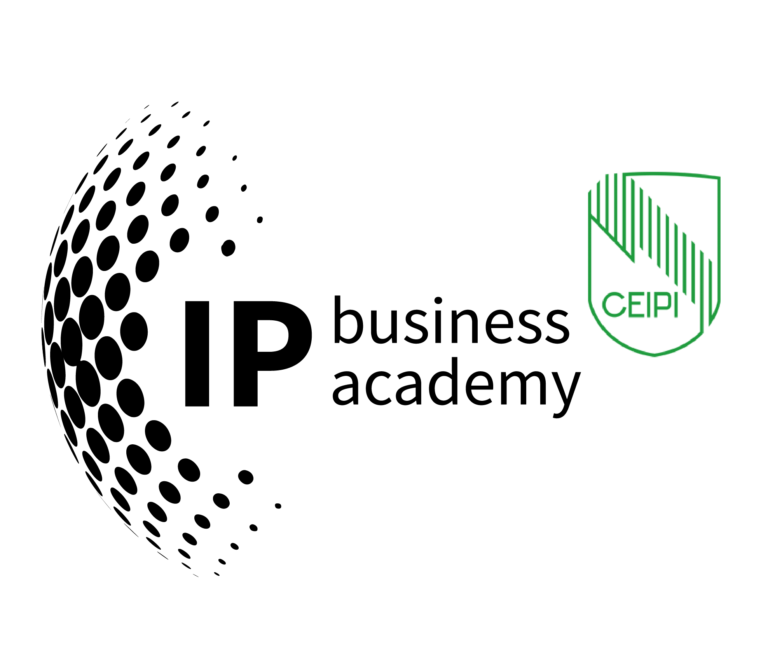Certified University Course Integrated IP and Innovation Management
Excerpt from the curriculum (academic year 2022/2023):
Key Learning Targets:
- Understanding the impact and different types of innovation and related management implications
- Understanding the process of technology diffusion and change
- Understanding the emergence of dominant designs and their impact on industries
- Understanding process organization and optimization
- Understanding the integration of IP within the innovation process and innovation landscaping
Content
- Part 1: Defining innovation
- Chapter 1: Why innovation matters
- Chapter 2: Innovation process
- Chapter 3: Types of innovation
- Chapter 4: Innovation horizons
- Chapter 5: Structure of innovation
- Summary Video Part 1
- Part 2: Technology diffusion and disruption
- Chapter 1: Diffusion types – where does innovation start and end
-
- Chapter 2: The s-curve concept
- Chapter 3: The innovator’s dilemma – disruptive technologies
- Chapter 4: Principles of disruptive technologies
- Chapter 5: Predicting technology change
- Summary Video Part 2
- Part 3: Dominant design or what is a product
- Chapter 1: What is a product?
- Chapter 2: Product life cycle and marketing mix
- Chapter 3: Dominant design
-
- Chapter 4: Standards and format wars
- Chapter 5: Value of standards
- Chapter 6: Digitalization of services and products
- Summary Video Part 3
- Part 4: Management of technological innovation
- Chapter 1: R&D, technology and innovation management
- Chapter 2: Timing of entry strategies
- Chapter 3: Should I lead or follow?
- Chapter 4: Product management
- Chapter 5: The innovation funnel
- Summary Video Part 4
- Part 5: Process management
-
- Chapter 1: Introduction to process management
- Chapter 2: The lifecycle of business process management
- Chapter 3: Process maps and process landscapes
- Chapter 4: IP process maps
- Chapter 5: Process documentation and description
- Chapter 6: Performance management and improvement
- Summary Video Part 5
-
- Part 6: Stage-gate process and the integration of IP
- Chapter 1: Structure of stage-gate-process systems
- Chapter 2: Ideation and scoping
- Chapter 3: Business case building
- Chapter 4: Development, testing and validation
- Chapter 5: Marketing, launch and post launch review
- Chapter 6: Integration of IP
- Summary Video Part 6
- Part 7: IP road mapping and IP design
- Chapter 1: Introduction to road mapping and scenario thinking
- Chapter 2: Support tools for road mapping
- Chapter 3: SAILS methodology, IoT and cyber physical systems
- Chapter 4: Introduction to IP design
- Chapter 5: Tools and application of IP design
- Summary Video Part 7
